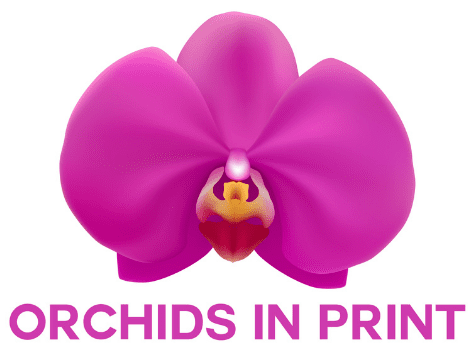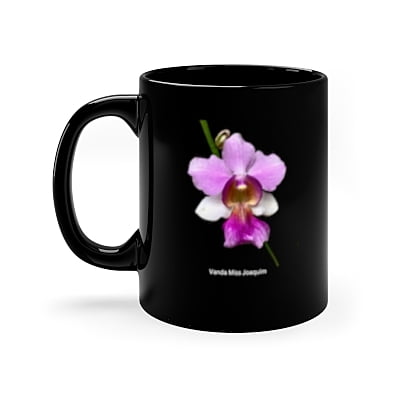Vanda Orchids - A Guide to Their Beauty and Origins

Vanda orchids are among the most spectacular and diverse orchids, known for their large, vibrant flowers and captivating patterns. Originating primarily from Southeast Asia, these exotic plants have captured the hearts of orchid enthusiasts worldwide. This article delves into the origins, characteristics, and cultivation of Vanda orchids, providing a comprehensive overview for both novice and seasoned growers.
Origins and Natural Habitat
Vanda orchids hail from tropical regions, predominantly found in Southeast Asia. Their native range extends from India, through the Himalayas, and across to southern China, down to Indonesia, and the Philippines. They are also found in parts of New Guinea and northern Australia. These orchids typically grow in warm, humid climates, often thriving in lowland forests and mountainous regions up to 1,500 meters above sea level.
In their natural habitats, Vanda orchids are primarily epiphytic, meaning they grow on other plants, particularly tree trunks and branches, without drawing nutrients from their hosts. Some species are lithophytic, growing on rocks and cliff faces. This adaptability allows them to access plenty of light and air circulation, essential for their growth.
Characteristics
Vanda orchids are renowned for their unique and diverse features. Here are some key characteristics:
Flowers
The flowers of Vanda orchids are their most striking attribute. They are typically large, ranging from 2 to 5 inches in diameter, with a vast array of colours including vibrant blues, purples, reds, pinks, and yellows. The flowers often exhibit intricate patterns, such as spots, stripes, and marbling, making each bloom a work of art. Vanda orchids can bloom multiple times a year, with flowers lasting several weeks.
Leaves
The leaves of Vanda orchids vary depending on the species. They can be strap-like, terete (cylindrical), or semi-terete, with some species having broad, flat leaves and others narrow, tubular ones. The leaves are typically leathery and can grow up to several feet long in mature plants.
Roots
Vanda orchids possess robust, aerial roots that are thick and fleshy. These roots are essential for anchoring the plant and absorbing moisture and nutrients from the air. They are covered in a spongy tissue called velamen, which helps in water absorption and protection.
Popular Species and Hybrids
Several species and hybrids of Vanda orchids are popular among growers:
- Vanda coerulea: Known as the Blue Vanda, it is prized for its striking blue flowers.
- Vanda tricolor: This species features beautiful, fragrant flowers with a combination of white, yellow, and purple hues.
- Vanda sanderiana: Also known as the Waling-waling, it is native to the Philippines and produces large, multi-colored blooms.
- Vanda Rothschildiana: A popular hybrid known for its robust growth and stunning flowers in shades of blue and purple.
I have been growing Vanda orchids for the past 10 years since we moved to the Sunshine Coast in Queensland. I have found them to be quite easy to grow, and very rewarding with their large and beautiful flowers. You will see some of them on our products.
I have found that when I get the conditions that they really love, some of them will bloom 3 times a year. In my next article, I will provide detailed information on growing Vanda’s. Have a go, you will never regret it.
Vanda orchids, with their stunning flowers and diverse growth habits, are a fascinating addition to any orchid collection. Originating from the tropical regions of Southeast Asia, these orchids require specific care to flourish but reward growers with their extraordinary beauty. By understanding their natural habitat and providing the right conditions, enthusiasts can enjoy the captivating blooms of Vanda orchids for many years.
Have a great week,
Peter Johnson
Orchids In Print
Some of this information has been sourced externally.


















 |
| 
